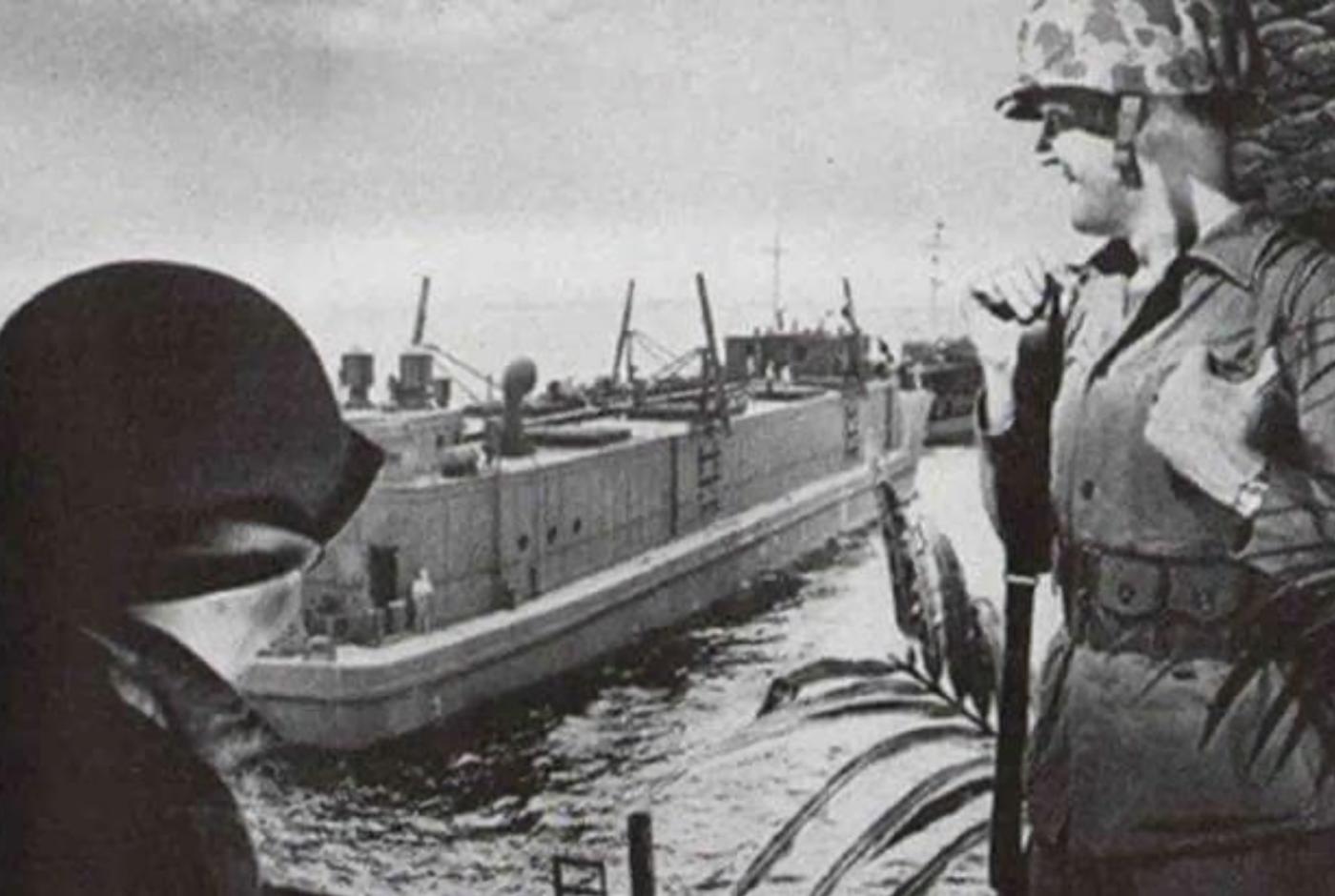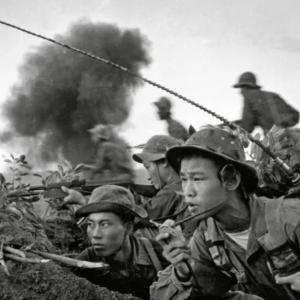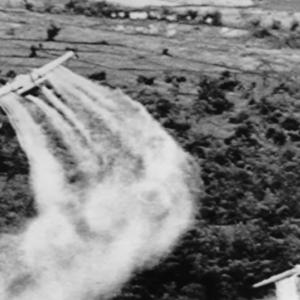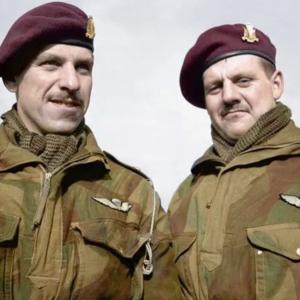
Military Ice Cream
During World War II, the United States military understood that morale was as important as munitions. Echoing the old adage attributed to Napoleon Bonaparte — “an army marches on its stomach” — the U.S. didn’t just focus on feeding its troops but also on boosting their spirits. One surprising yet impactful way they did this? Ice cream.
Though it might seem trivial compared to tanks and rifles, ice cream played a small but powerful role in the American war effort, particularly in sustaining the morale of soldiers serving far from home. From floating ice cream factories to field-based refrigeration units, the U.S. went to extraordinary lengths to bring this taste of home to the front lines.
Before diving into wartime logistics, it’s important to understand America’s deep love affair with ice cream during the 1940s. By the time WWII broke out, ice cream had become a staple of American culture — a symbol of comfort, indulgence, and normalcy.
In fact, during the early years of the war, ice cream production in the U.S. was considered so essential to civilian morale that it was not initially restricted by wartime rationing. While other countries, like Britain, banned luxury foods during the war, America’s War Production Board ensured that ice cream remained widely available on the home front — and soon, to the military front as well.
Ice cream began as a treat served in military hospitals, where it was believed to help wounded soldiers recover both physically and emotionally. But the demand quickly grew.
To keep soldiers happy and motivated, ice cream was soon introduced across the wider ranks — in mess halls, on Navy ships, and even on the battlefield when conditions allowed. It wasn’t just about calories; it was about bringing a reminder of home, even for a few minutes.
One of the most fascinating innovations came from the U.S. Navy: an actual ice cream barge.
In 1945, the Navy converted a concrete barge into a floating ice cream factory. Anchored in the Pacific Theater, this barge could produce 10 gallons of ice cream every 7 minutes, or over 1,500 gallons per day. It served nearby ships and island bases, delivering much-needed morale boosts in the form of cold, creamy treats.
The barge had no motor of its own — it had to be towed — but it was outfitted with state-of-the-art refrigeration and mixing equipment. It was stationed primarily near combat zones, such as the Philippines or Ulithi Atoll, so that weary and battle-hardened sailors and Marines could get a taste of comfort after weeks or months at sea.
While the Navy had its barge, the Army wasn’t far behind in creative ice cream logistics.
Portable ice cream units were mounted in field kitchens or mobile trucks. Some could use dry ice or mechanical refrigeration to make small batches for troops in remote locations.
Refrigerated ships and trucks transported pre-made ice cream in bulk to supply depots or hospitals. Some ships were even equipped with freezers to store and serve ice cream directly on board.
In Europe, U.S. forces would often receive dairy products from British or local European sources, and even make their own ice cream from local milk supplies.
By mid-war, sugar and dairy products were increasingly rationed, even in the U.S. Yet, the military secured steady supplies for troop consumption. In 1943, the U.S. military declared ice cream a “morale food,” giving it special status and priority access to resources. That same year, the U.S. Army alone spent over $1 million on ice cream for troops stationed overseas — the equivalent of nearly $18 million today. This investment underscored just how seriously the military regarded the emotional and psychological value of this frozen treat.
To put it further in perspective, by the end of the war, the U.S. military was consuming millions of gallons of ice cream annually. The Quartermaster Corps listed ice cream alongside cigarettes and Coca-Cola as essential comfort items. Factories back home prioritized military orders for condensed milk, sugar, and refrigeration equipment.










